The process of choosing a camera drives people crazy. Believe it or not, it never used to be so difficult.
Back when cameras were large, heavy, and not at all within financial reach of most people, there wasn’t a consumer market because there was not much demand other than the professionals who made their living by means of photography and those with disposable income and free time on their hands.
But as all things do, photography evolved — we went from developing metal and glass slides to developing film to instant developing film, then we saw the virtual disappearance of film in favor of digital sensors housed in cameras bodies large and small, subsequently starting the so-called megapixel wars; now we’ve got cameras that fit into pockets, cameras built into cell phones, cameras with WiFi capabilities, and the list goes on.
Cameras are ubiquitous in our society: they’re everywhere and almost everybody’s got at least one. If you don’t have a camera, it’s a safe bet that you’re in the market for one, and it seems that nearly everyone who does have a camera wants a better one.
I’m no market analyst, but I suspect that the camera/photography industry, taken as a whole, isn’t struggling. If there is uncertainty about anything, it involves consumers who find themselves confounded by the wealth of options available to them. Having choices is great, but it seems that, sometimes, the more we have the harder it is to make a decision — mostly because a lot of people don’t even know where to start.
Well, I can’t make a decision for you, but hopefully I can be of assistance in making the process a bit less painful.
Below you find an overview of the basic types of digital cameras available on the market today, along with their major features, advantages, drawbacks, and a profile of the audience each camera type ostensibly caters to.
Mobile Device (Cellphones/Smartphones)
As alluded to above, everyone has a cellphone and every one of those cellphones sports a camera. While not all cellphone cameras are created equal, many are of good enough quality that some users don’t find much of a need for a separate, dedicated camera. Plus, the convenience factor is huge; current mobile devices serve a multitude of purposes, all while fitting in your pocket. That type of portability is hard to beat.
Pros:
- Both your camera and your phone are always with you.
- The GPS feature built into many phones will allow you to geotag your shots.
- Social features give you a variety of sharing and uploading options.
- Video capabilities (HD isn’t uncommon).
- Image quality is constantly improving; even now you can get a good 4×6 print from many cellphone cameras.
Cons:
- Typically not capable of accommodating accessories or interchangeable lenses (though there are some exceptions).
- Generally provide the lowest image quality of all camera types.
- There’s only one battery; when your device dies, your camera dies.
- Lacks dedicated functions and controls of a more traditional camera
This Type of Camera is for People Who:
- Like the ease and convenience of carrying one “do-it-all” device.
- Like to edit their photos using device apps.
- Are more interested in social features than serious technical or compositional factors.
- Don’t have the budget for a dedicated camera.
Point and Shoot
The point and shoot market remains strong but is facing serious competition from mobile devices, which are closing the gap in terms of image quality and have major advantages in the areas of connectivity and apps. This doesn’t mean the point and shoot is becoming obsolete, however.
Pros:
- Available in a wide variety of sizes, from as small as a cellphone to almost as large as a DSLR.
- Easier to use than a DSLR, with more features than a cellphone camera.
- Excellent platform for novices to begin learning the fundamentals of photography.
- Versatile zoom range.
- HD video.
Cons:
- Image quality sometimes only marginally better than cellphone cameras.
- Absent or inadequate manual controls.
- Typically not capable of accommodating accessories or interchangeable lenses (though there are some exceptions).
- Often lack a viewfinder; if one is present, it’s not very usable.
This Type of Camera is for People Who:
- Want better image quality and more controls than their cellphone provides.
- Want a small dedicated camera with HD video.
- Aren’t concerned about changing lenses or using accessories.
- Want a dedicated camera at an affordable price.
Mirrorless System
Mirrorless interchangeable-lens cameras (MILC) represent a newer class of digital camera that features interchangeable lenses like a DSLR but lacks a mirror reflex optical viewfinder. These cameras are alternately referred to as EVIL (electronic viewfinder with interchangeable lenses), CSC (compact camera system), and DSLM (digital single lens mirrorless). The popular Micro Four-Thirds (MFT) system is a MILC standard created by Olympus and Panasonic. While each sub-type of mirrorless camera might have minor distinctions, they are all designed to be user friendly DSLR-like cameras.
Pros:
- Image quality on par with entry level DLSRs.
- Controls and features similar to a DSLR but in a body small enough to be portable.
- Accommodates interchangeable lenses and other accessories.
- Full manual controls.
- Good option as a second body for DSLR owners.
- Great choice for advanced users not yet ready to step up to a DSLR.
Cons:
- Limited lens selection.
- Require adapters to use lenses not made specifically for the camera, resulting in a loss of autofocus.
- Not small enough to fit in a pocket.
- Accessories can be expensive.
- Electronic viewfinders can appear unsteady and noisy in low light and cause a significant decrease in battery life.
This Type of Camera is for People Who:
- Want the image quality and controls of a DSLR without the learning curve.
- Are looking for a non-DSLR with interchangeable lenses.
- Want a camera with DSLR-like features but smaller in size.
DSLR
If quality, flexibility, and creative control are priorities, a DSLR (digital single lens reflex) is the way to go. This kind of camera obviously won’t be the appropriate choice for everyone, as there are size, cost, and ease of use considerations to account for.
Pros:
- Superior image quality.
- Total control over creative and technical components of your shots.
- Automatic controls still available.
- Many offer HDTV-quality video.
- Exceptional low light performance.
- Multitude of lenses available.
- Highly customizable/programmable controls.
- Can be controlled remotely in several ways (cable, computer, app).
- Capable of shooting multiple frames per second.
Cons:
- Can be bulky and heavy.
- Steep learning curve; there are a lot of settings, buttons, and modes that you’ll need to navigate.
- Lenses and accessories can be costly.
- DSLRs are generally the most expensive type of camera.
- Many models lack the connectivity and social features of point and shoot cameras and cellphone cameras.
This Type of Camera is for People Who:
- Are professionals or aspiring professionals.
- Are serious hobbyists/enthusiasts who value image quality and creative control.
- Need the ultimate in low light performance.
- Are videographers/filmmakers and want access to high quality digital video.
- Are not constrained by budget.
Hopefully this guide helps get you going in the right direction. Choosing the right camera is important and should not be approach haphazardly; think about your current skill level, what you need and want in a camera, and to what degree you intend to develop your skills. At the same time, don’t fall victim to what is known as “paralysis by analysis.” Don’t obsess over all of this. Find what works for you so you can get out there and start shooting.

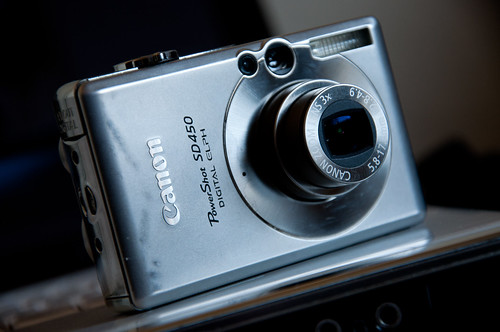


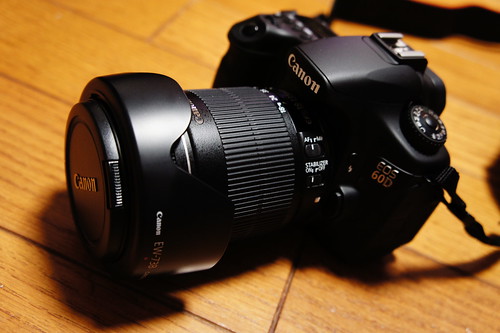

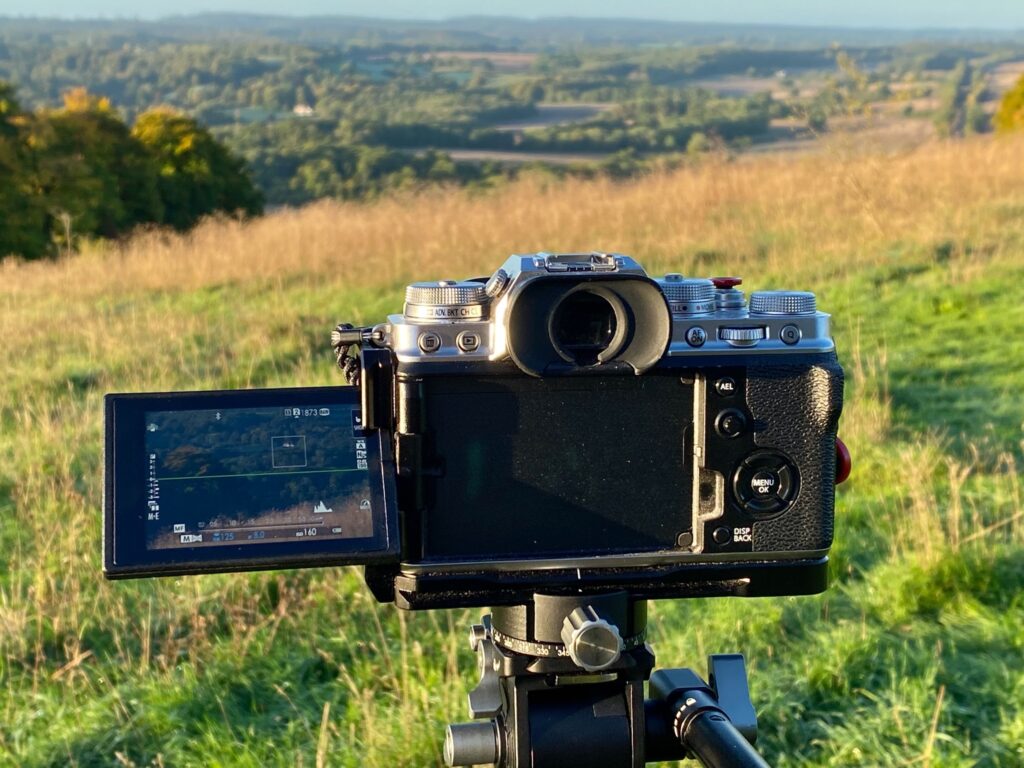

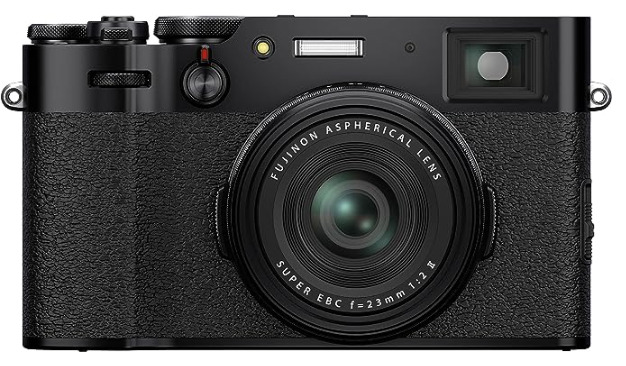
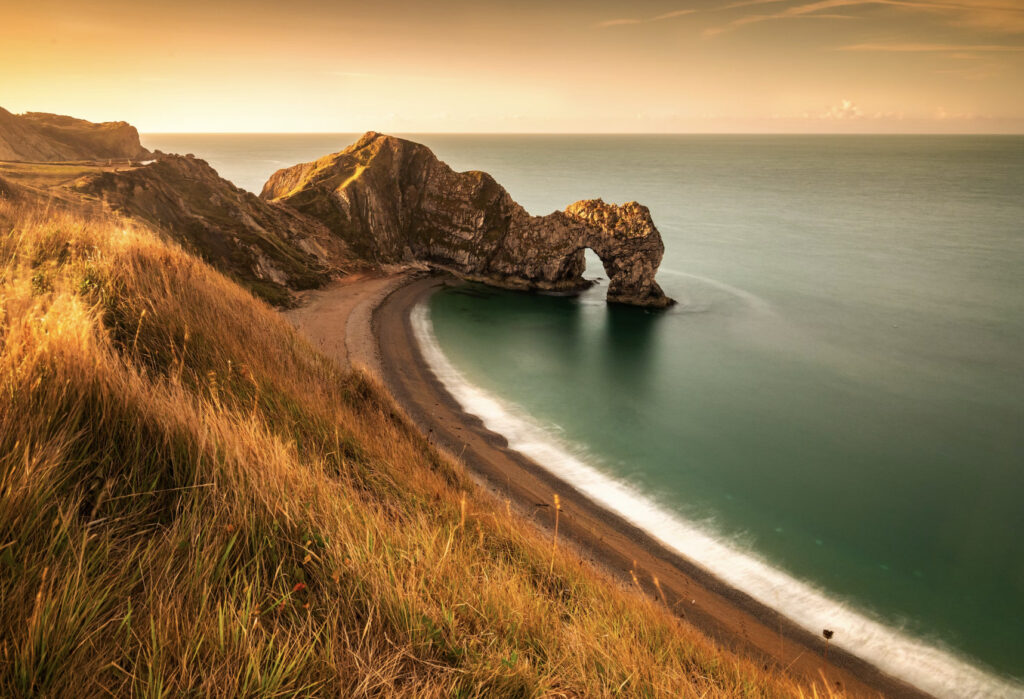
4 Comments
Jason, whilst this is an interesting article, your classification of mirrorless systems is completely wrong in every aspect:
1. Limited lens selection? Are you kidding!? Just have a look at the lenses currently available for the EM5 and EM1!
2. Adaptors? Why would you need them, the lens selection for micro four thirds is huge!
3. Accessories are expensive for all cameras, not just mirrorless.
4. The EVF on both the Olympus EM5 and EM1 is widely recognised as being superb – and having gone from a DSLR to mirrorless myself, the advantages of the EVF over the OVF are numerous, with NO disadvantages.
5. Mirrorless is on par with ENTRY level DSLRs; seriously, have you even done your research on the Olympus and Sony mirrorless systems??? Whilst I’m not going to state that an EM1 is equal to a D800 (although there ARE people who say exactly that), it is far more than entry level. And the Sony 7r – from what I’ve read – is an absolute cracker of a camera!
6. The learning curve – for better or for worse – is EXACTLY the same on a mirrorless as it is for a DSLR! Same functions, same controls so why would it be any different?! In fact, my EM1 has more functions and options than my D7000 did – the Nikon was easier to use and more of a beginner camera than the EM1!
Seriously, before you write about something, do your research. This part of your article is inaccurate and misleading.
I was going to point out the same but I see you were faster than me. Agree completely on every single point, and I would add one more: “not small enough to fit in a pocket”. GM1, anyone? If that is not small enough, tell me what it is.
Nice try Jason, but I think you might want to try some more EVIL cameras than just the M43s. You show a Canon 60D as your example DSLR. There are APSc sensor mirrorless cameras that offer at least as good an image quality and control layout as that camera. Try the recent Fujifilm or Sony cameras. They are flat out excellent and easily the equal of any DSLR with the same sensor size in all aspects except battery life. The big plus for mirrorless is that at the end of a long day with the camera my back doesn’t ache as much.
I also disagree that lens selection on mirrorless camera’s is limited. For the micro four thirds system (MFT) there is a very wide selection of native lenses available. And even more so if you take in account all the vintage (manual) lenses you can attach to a mirrorless camera through a simple adaptor. This is because mirrorless camera’s have a shorter flange/sensor distance.